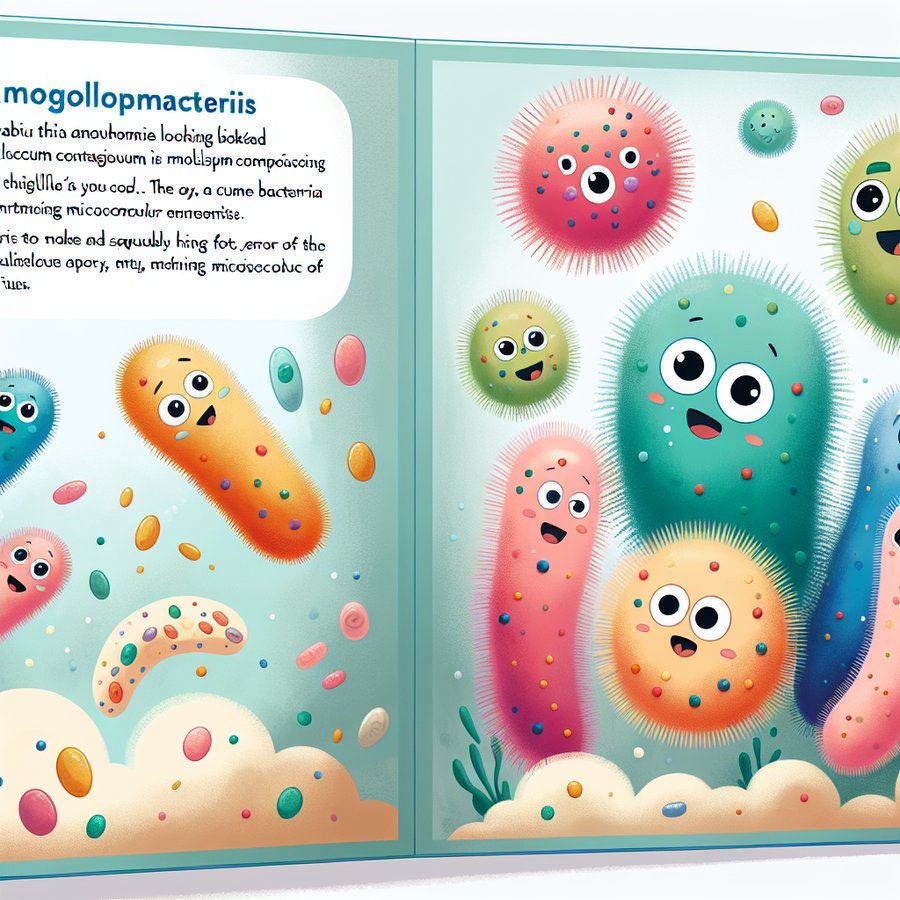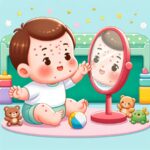Molluscum Contagiosum is a skin infection that might worry new parents when they first encounter it on their child’s skin. Understanding what Molluscum Contagiosum is, along with its causes, symptoms, and treatment options, can help manage the condition more effectively and ensure peace of mind. This article delves deep into Molluscum Contagiosum to provide comprehensive insights tailored specifically for new parents.
What Is Molluscum Contagiosum?
Molluscum Contagiosum is a viral infection caused by a poxvirus that affects the skin. The condition is characterized by small, painless bumps on the skin that can appear anywhere on the body. These bumps are typically firm, shiny, and have a dimple in the center. Although the infection is primarily seen in children, it can also affect adults. The virus spreads through direct contact with the infected skin or by touching objects contaminated with the virus, such as towels or toys.
The condition is generally harmless and usually resolves on its own within 6 to 12 months. However, in some cases, it can spread to other parts of the body or lead to complications, particularly in individuals with weakened immune systems. Understanding how Molluscum Contagiosum spreads and its symptoms can help in preventing its transmission and managing the condition effectively.
How Does Molluscum Contagiosum Spread?
Molluscum Contagiosum spreads through direct skin-to-skin contact with an infected person. It can also spread by touching objects that have come into contact with the virus, such as toys, towels, or clothing. In rare cases, the virus can spread through water in swimming pools if the water is not properly chlorinated. Children with eczema or broken skin are at a higher risk of contracting the virus due to their compromised skin barrier.
Preventing the spread of Molluscum Contagiosum involves practicing good hygiene habits, such as washing hands regularly and avoiding sharing towels or other personal items. Additionally, keeping the infected area covered can help prevent the virus from spreading to others or other parts of the body. Understanding and managing eczema can also reduce the risk of infection.
Signs and Symptoms of Molluscum Contagiosum
The primary symptom of Molluscum Contagiosum is the appearance of small, dome-shaped bumps on the skin. These bumps are usually flesh-colored or pink and have a central dimple. The lesions can appear anywhere on the body but are most commonly found on the face, arms, legs, and trunk. They are generally painless but can become itchy or inflamed, especially if scratched or irritated.
While the bumps are the most noticeable symptom, they can sometimes lead to secondary infections if not properly cared for. Keeping the affected area clean and avoiding scratching can help prevent secondary infections. If you notice signs of infection, such as redness, swelling, or pus, it’s important to consult a healthcare professional. Learning more about skin infections and their management can be beneficial for parents.
Treating Molluscum Contagiosum in Children
In many cases, Molluscum Contagiosum does not require treatment and will resolve on its own. However, treatment may be recommended if the lesions are widespread, located in sensitive areas, or if there is a risk of spreading the infection. Several treatment options are available, including topical creams, cryotherapy (freezing the lesions), and laser therapy. The choice of treatment depends on the child’s age, the number of lesions, and their location.
It’s crucial to follow a healthcare professional’s advice when treating Molluscum Contagiosum. Over-the-counter treatments or home remedies should be used with caution, as some may irritate the skin and worsen the condition. Managing eczema and keeping the skin healthy can also help speed up recovery. For more detailed information on treatment options, visit the CDC’s page on Molluscum Contagiosum.
Preventing Molluscum Contagiosum in Children
Preventing Molluscum Contagiosum involves practicing good hygiene and taking steps to minimize the risk of skin-to-skin contact with infected individuals. Teaching children to wash their hands regularly, not to share personal items like towels or clothing, and to avoid touching their lesions can help prevent the spread of the virus. Additionally, keeping children with Molluscum Contagiosum out of swimming pools, gyms, and other communal areas where the virus can easily spread is advisable until the lesions have resolved.
Regular skin checks can help identify Molluscum Contagiosum early and prevent its spread. If your child has eczema or another skin condition, managing it effectively is crucial in preventing Molluscum Contagiosum, as broken skin can make it easier for the virus to enter. Consultation with a healthcare provider can offer more personalized advice on preventing and managing Molluscum Contagiosum. For parents seeking more information on related topics, exploring eczema and basic skin care can be incredibly useful.













